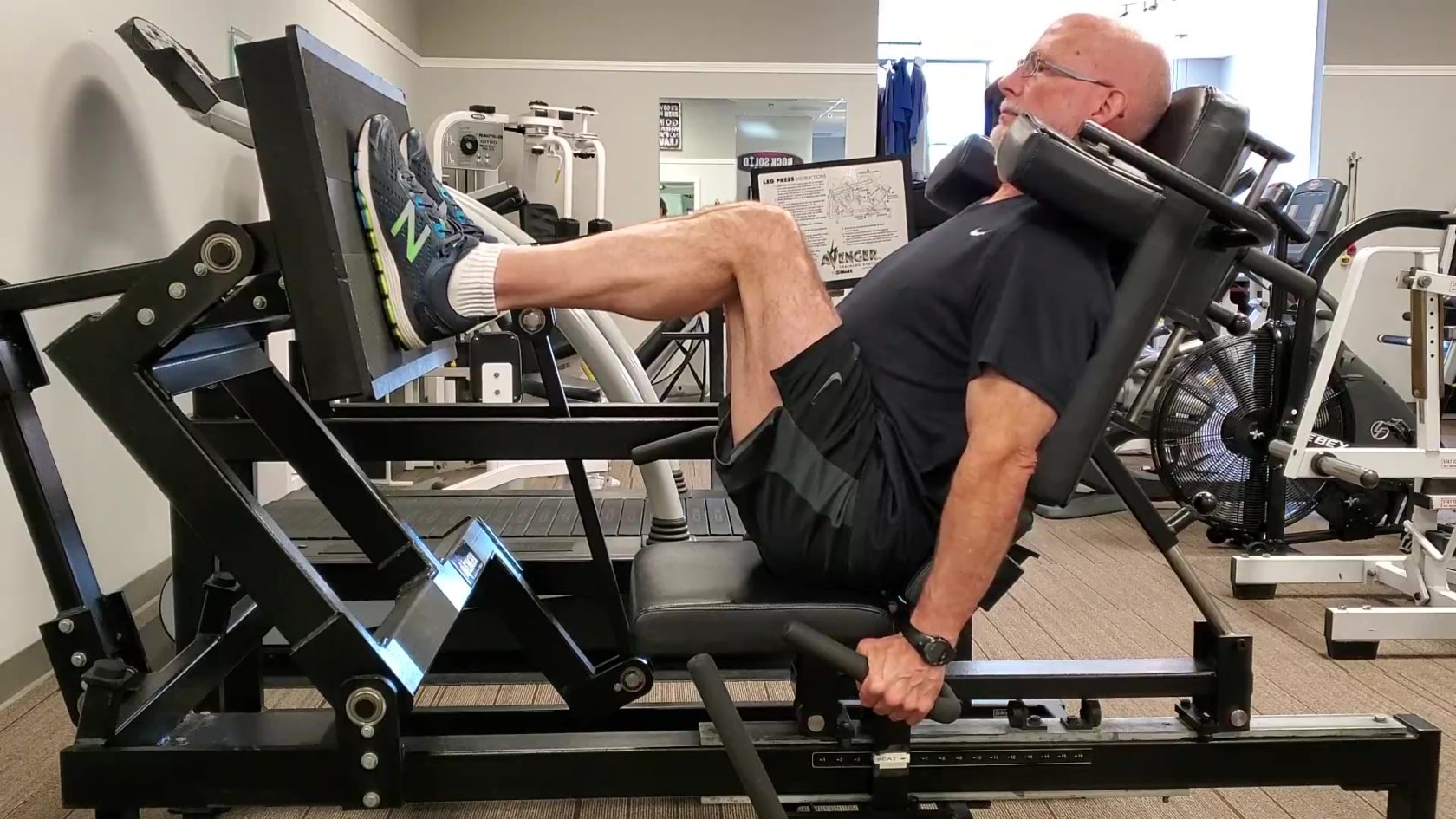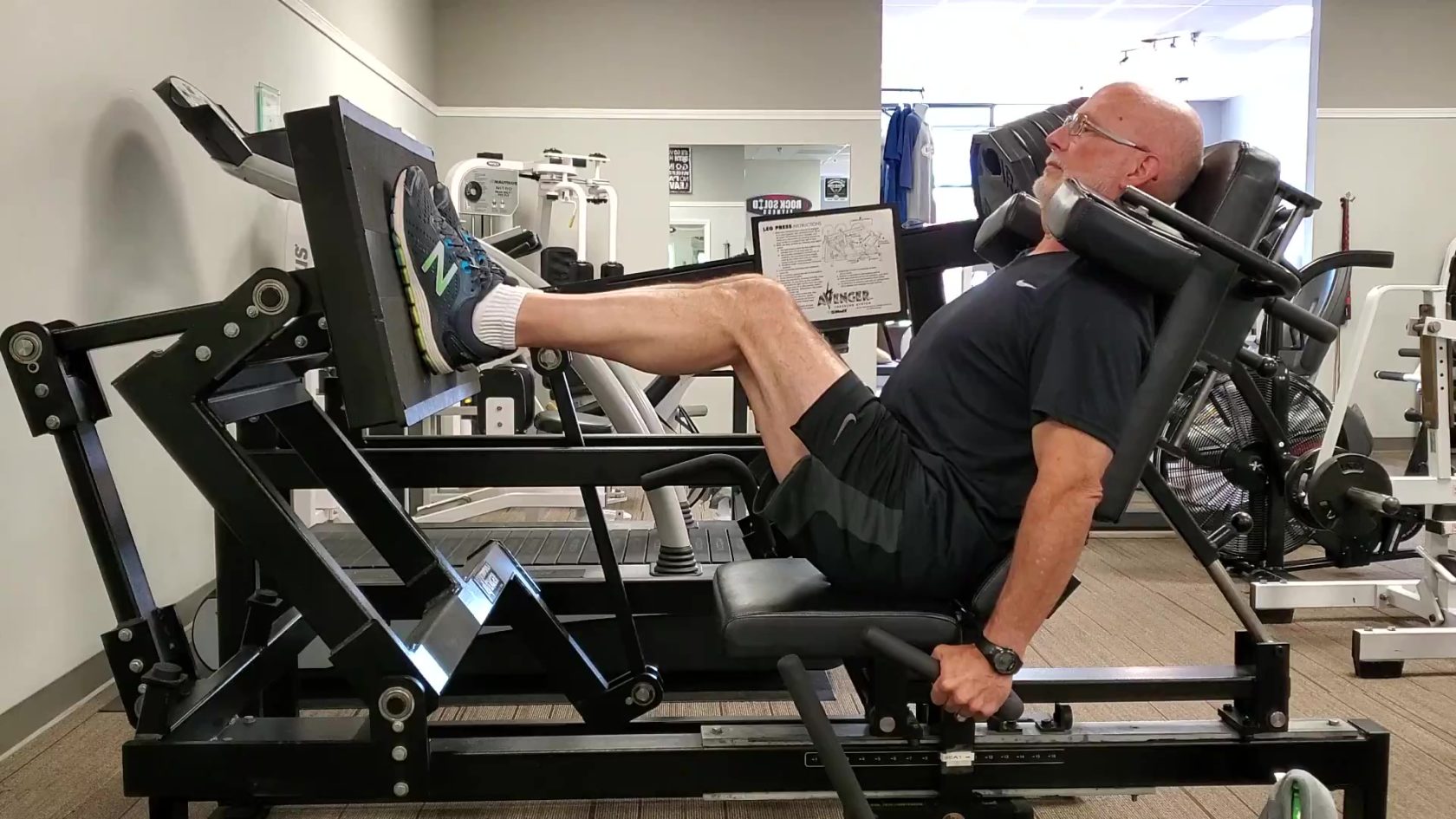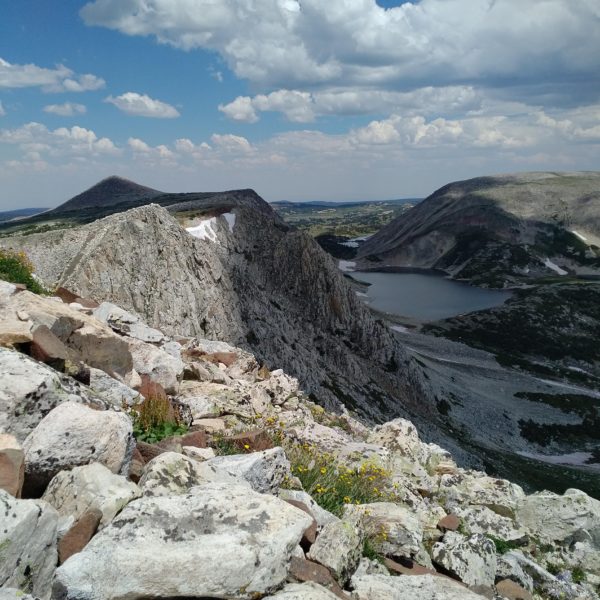How I screwed up my knee, rebuilt it, and climbed a 12,000 foot mountain
It was March 15, 2018. I was just putting a travel bag in the back seat of the car like I’d done hundreds of times before, when I felt the excruciating stab of pain shoot through my right knee. I tried to move it, but it was locked in place.
In a moment of panic, I braced for more excruciating pain, and straightened my leg as hard as I could.
I felt a pop, another zing of pain – and then I could move my leg again.
As I hobbled back into the house on that cool morning in March, I thought I had a good idea what had happened; Back in 1997, I was diagnosed with a possible torn lateral meniscus after injuring my knee playing “jungle volleyball” on my honeymoon. A torn meniscus can get lodged in the joint space and cause the knee joint to lock, so I figured that’s what had happened this time.
I was very, very fortunate I was able to get my knee to move again and avoid emergency surgery. But the timing of this latest episode was terrible.
I was packing up the car for a hiking trip to the North Georgia mountains to celebrate my wife Patty’s birthday. Now, not only was I in pain and my knee starting to blow up, but this injury was totally going to mess up our trip.
I was super frustrated. And I was scared.
Because in July we were supposed to be going on a BIG hiking trip to Colorado and Wyoming, the big leagues for mountain hiking. We had been planning this trip for a couple years. What if my knee didn’t recover in time? What if I needed surgery? Is this what my summer is going to be all about, instead of this bucket-list trip?
I wasn’t sure how it was all going to play out, but I did know one thing – I was going to do everything in my power to rebuild my knee over the next 3 months, so Patty and I could have the time of our lives that we envisioned on our July trip.
So I took a few Advil, put some ice on my knee, and we left for Georgia. Since I couldn’t hike, we focused instead on going wine tasting :).
We returned home on March 20th. I gave my knee a week to calm down, then I resumed my strength training routine, using exercises for overall strength building and including some exercise for knee pain rehab.
The basics of how to exercise for knee pain rehab
During my workout on March 13th, two days before injuring my knee, I used 505 pounds for 10 reps on the Nautilus leg press.

Once I returned from my trip and resumed training on March 27th, my goal was to first relieve the pain and swelling, then slowly build up my strength to get back to my prior level.
So when I began implementing my Post-Rehab Protocol during my 1st workout back on March 27th, I played it safe and started with only 180 pounds, and performed 30 reps.
For the next 2 months, I gradually increased the weight on the leg press, performing slow, controlled reps, working in a repetition range of 12-15 reps. For the rest of my body, I used my regular Building and Rebuilding exercises, weights and rep ranges.
By May 29th, I was up to 360 pounds on the leg press – but during that workout, my right knee pain returned, and I had to stop at 6 reps.
I was frustrated at this setback, but luckily my Post-Rehab Protocol system has contingency plans for this situation.
How I adapted my exercise for knee pain to continue progressing
The next workout I was scheduled to do the leg press was June 12th. I dropped the weight from 360, which had caused pain, to 240. I did 7 reps, but started feeling pain again.
Rather than keep moving the weight lower, I decided to try a different leg press machine, the Med-X leg press. I normally use 225 pounds on that one, so I tried 120 pounds, only to experience pain once again.

Now I was getting really frustrated.
So I pulled the next tool out of my Post-Rehab tool box: I started moving the seat back to reduce the range of motion at my knee joints. From my regular seat setting of 6, I kept moving the seat back until finally having no pain at seat setting 11, and did 20 reps.

Side note: My strength training system involves alternating between 2 different pre-planned workouts, which I refer to as Workout A and Workout B. I was performing the leg press on Workout A, which is why I was only doing it every other week. In Workout B, I was using a Woodway treadmill hill program to prepare for my July hiking trip.
On June 26th, my last time using the leg press before leaving, I did 200 pounds for 20 pain-free reps at seat setting 10.
When we flew to Denver Colorado on July 4th, all I could do was relax, enjoy the trip, and hope I was ready!
On July 7th, I was in the Snowy Mountain range in southeastern Wyoming, looking up at Medicine Bow Peak, 12,018 feet up.

Our goal was to reach the summit. If my knee didn’t hold up – well, I didn’t even want to think about it.
Let’s go!
We wound our way through some of the most beautiful scenery I’ve ever seen.

Eventually we reached the base of the mountain, and started going up…..

And up…..

And up.

As we got to the top, there was no more trail – only huge boulders we had to navigate our way across.

Triumph! We made it!


How I continued to exercise for knee pain prevention
Once I returned home, on my first workout on July 17th I picked up where I left off on the Med X leg press: 200 pounds at seat setting 10, for 17 reps.
On my next two leg press sessions, I kept the weight the same and gradually increased the range of motion:
7/31/18: 200 pounds at seat setting 9, 14 reps;
8/14/2018: 200 pounds at seat setting 8, 14 reps.
On 8/28/18, I moved back over to the Nautilus leg press, and performed 15 pain-free reps with 360 pounds at seat setting 9; on 9/4 I used 400 pounds for 13 reps at seat setting 8, and I’ve stayed at seat setting 8 ever since.
Side Note: The leg press exercises is my Workout A lower body exercise for knee pain prevention. I alternate this with my Workout B, which contains a different exercise, typically the leg extension machine.
Fast forward to April 23rd, 2019, I did 540 for 12 reps on the Nautilus leg press, and on January 20th, 2021 I did 270 for 10 reps on the Med X leg press. So after a knee injury, at 60+ years old, I have continued to get stronger, training once a week for under 45 minutes.
To recap:
Injuries are something that can ruin your plans and get in the way of creating lasting memories if you don’t have a system for dealing with them.
The best thing is to stay strong to reduce the risk of an injury in the first place.
A good baseline level of strength allows you to recover faster when something does happen. So you need a sustainable program that you’ll be able to easily stick with (weekly, monthly, yearly) over the long haul.
At our age, we can’t “turn it on” and “turn it off” and expect to have success.
But if an injury happens, you can bounce back by using a systematic approach.
- If you have severe, persistent pain, see a doctor, and follow his or her instructions.
- Rest until you are pain free in everyday activities.
- Once you return to the gym, decrease the weight, incrementally build it back up over time.
- If you experience pain with the reduced weight, try decreasing the range of motion until pain free. Then gradually increase the weight, and eventually work your way back to your original range of motion setting.
Don’t let injuries hold you back from doing what you want to do at this stage of life. Get on a safe, sustainable, time-efficient strength training program so you can stay strong, rebuild yourself when you have to, and live a full, active life forever!

2 Comments. Leave new
Dave, I read with interest your knee injury / hiking story. Since I have been involved with high intensity training since 1980 and also an avid hiker I can totally relate to you experience. Understanding the effectiveness of proper strength training along the need for a sensible and systematic approach to rehabbing an injury I was not at all surprised to see how well your method worked for you. As an aside I will be traveling from my home in New England to spend a month in Wyoming this summer. I expect I will see some of the area’s spectacular scenery such as you shared in your post. David Waters
David I am totally jealous of you spending a month in Wyoming this summer! You will definitely see some awesome scenery, and it sounds like you are planning to be prepared for it via your strength training regime. Have fun!